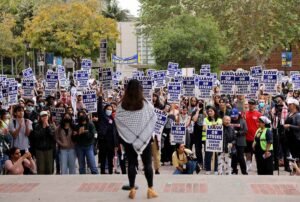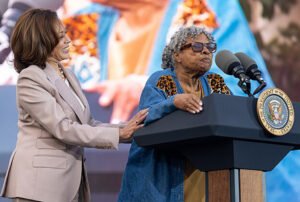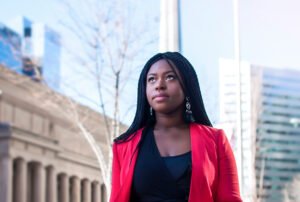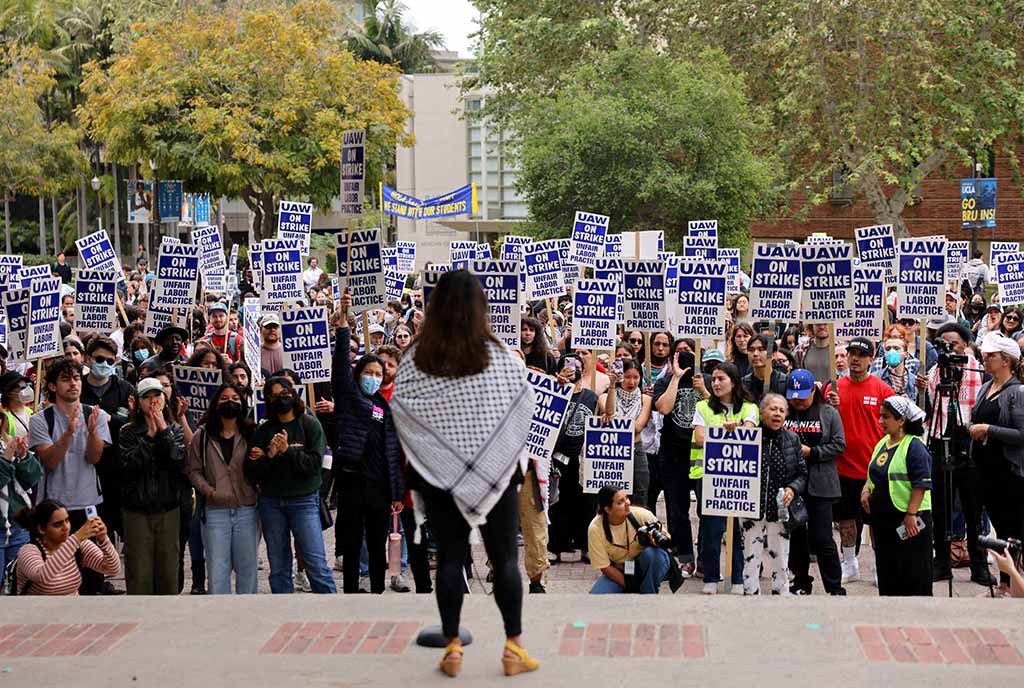January 20, 2015; St. Louis Post-Dispatch
The fifth meeting of the Ferguson Commission took place this Tuesday, January 20th, as more than 130 people congregated to constructively discuss the race-related problems highlighted by the death of Michael Brown and the subsequent riots in Missouri this summer.
This meeting in particular focused on social well-being and child welfare, and the effects that the deep economic and racial divides in the St. Louis area have had on these issues. The 16 members of the commission were presented with a range of concerns and proposed solutions from the attendees, who represented a diverse racial and social group, demonstrating the breadth of the desire for change in Ferguson.
As seems to be so sadly typical of Ferguson, inequality is a main driver of these problems. The disparity between opportunities for children in affluent communities as compared to those in poorer ones was highlighted as a key concern for many in the audience, and was explained particularly succinctly by Clifton Kinnie, a senior at Lutheran High School North:
Sign up for our free newsletters
Subscribe to NPQ's newsletters to have our top stories delivered directly to your inbox.
By signing up, you agree to our privacy policy and terms of use, and to receive messages from NPQ and our partners.
“Although we protest for fairness in the criminal justice system, the issue of fairness in the education system is the number one priority for me. Our current education system has become a ladder to systematic poverty.”
The focus fell often on issues outside of the classroom, such as ensuring adequate street lighting or addressing issues of poverty within the home. Dan Parris, 30, of St. Louis pointed out, “If you’re hungry, you can’t learn.” Other topics were less concrete, such as the stereotyping of poorer children or the need to employ stricter measures of performance for teachers and schools.
There are strategies to help young people—in particular, those from low-income families—have a fair chance at the success they deserve. One example can be found in Jennings School District, a majority African-American area where just over 90 percent of the pupils qualify for free or reduced-price lunch. Since 2012, the district’s accreditation scores have steadily increased, scoring 76.1 percent in 2014 and reaching past the full accreditation range. Superintendent Tiffany Anderson points to such enabling factors such as Jennings’s partnerships with community organizations and its open door policy on Saturdays as key drivers of success. She pointed out, “If we can do it, everybody can do it.”
Whilst it seems that fairness and equality are two key pieces still missing from Ferguson’s puzzle, the commission presents a constructive and hands-on tool with which to tackle these problems. It will continue to gather input from working groups in forthcoming sessions and is expected to culminate in September, where it will lay out a road map in an attempt to make good the deep economic and social rifts. This systematic approach shows promise, with the fifth meeting in particular highlighting a means of stemming inequality for generations to come despite differences in prosperity or resources. The commission marks a positive step towards the healing of a troubled community and hope for a lasting change made for, and by, the people.—Hannah Butler













